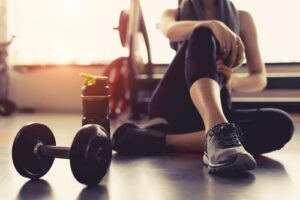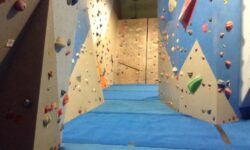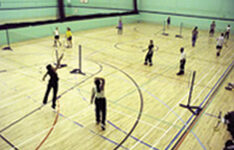Gym activities not impacted by Rule of Six
For anyone worried about how the Government’s Rule of Six might impact their gym session, rest assured the Rule of Six does not apply to the Gyms or Fitness Classes, but please note that the 2 metre social distancing still applies
The changes for the Rule of Six is for Indoor Team Sport, Official guidelines for ‘Indoor Team Sports’ state: “Organised indoor sport or exercises can take place in larger numbers, provided groups of more than six do not mix”.
Visitors to Kelsey Kerridge, whether it is for organised sports activities, classes or gym sessions will know that the centre has extremely strict and clearly communicated rules on how people may use their services. The principle remains the same throughout the facility and all customers and staff must follow the measures that are in place.
With gyms now recognised as places where the risk of contracting Covid-19 is relatively low, due to the high standards of cleanliness and hygiene, there is little doubt that people who are looking to stay fit and healthy should be making regular gym workouts or sports activities part of their routines.
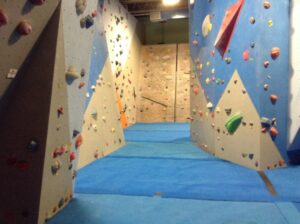
Why climbing is so good right now
One activity that allows for social distancing is climbing. Under Covid restrictions, the number of participants on the wall at any one time is 14, which allows for a real sense of freedom and adventure. The routes up the bouldering wall range from straightforward to very challenging and, within the allowed two-hour slot, a climber can get a fantastic all-over workout as well as the mental stimulation of working out routes and techniques.
Climbing offers both cardio and strength-building within one workout session. It also calls for flexibility and power as climbers have to reach for footholds/handholds and use powerful movements to push to the next holding position.
The first thing to note is that climbing involves a number of different muscle groups in every move. There is no isolating one body part when on the wall.
It incorporates your forearms, legs, back and core, so it’s only natural you’ll become stronger the more you practice it. Your grip will also improve markedly in the process.
Here is an example of how different muscles come into play during a climbing session:
The latissimus dorsi, which are pair of wing shaped muscles located in the middle of your back, pull the body upwards. The forearm flexors open and close your hands as you grip each hold. The abdominal muscles stabilise the body. The quadriceps push your body upward, enabling you to step from one foothold to another.
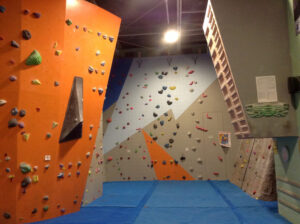
Another fitness element that comes into action during climbing is your ability to balance. Balance is everything when you’re climbing. Without having the right amount of balance, you’re going to struggle to shift your centre of gravity into an optimal position to help you complete a problem.
Balance improves in conjunction with strength. Therefore, the more you climb and the more you increase your core strength, the greater improvements you’ll see in your balance. As strength and balance improves, so you will find it easier to align and move your body and the longer you will be able to hold challenging positions. For example, with greater balance, you will be able to balance on very small foot holds or take your entire weight on one foot.
Climbing levels of confidence
The other quality upon which climbing makes an impact is self confidence. When you accomplish a goal or overcome a particularly challenging part of the course, you will feel an enormous sense of achievement. This will lead to heightened self-confidence which often spills over into every day life.
Climbing is good news for all these reasons. In a way that many other activities cannot replicate, climbing offers a constant journey and sense of challenge and that is what makes it so exhilarating.





